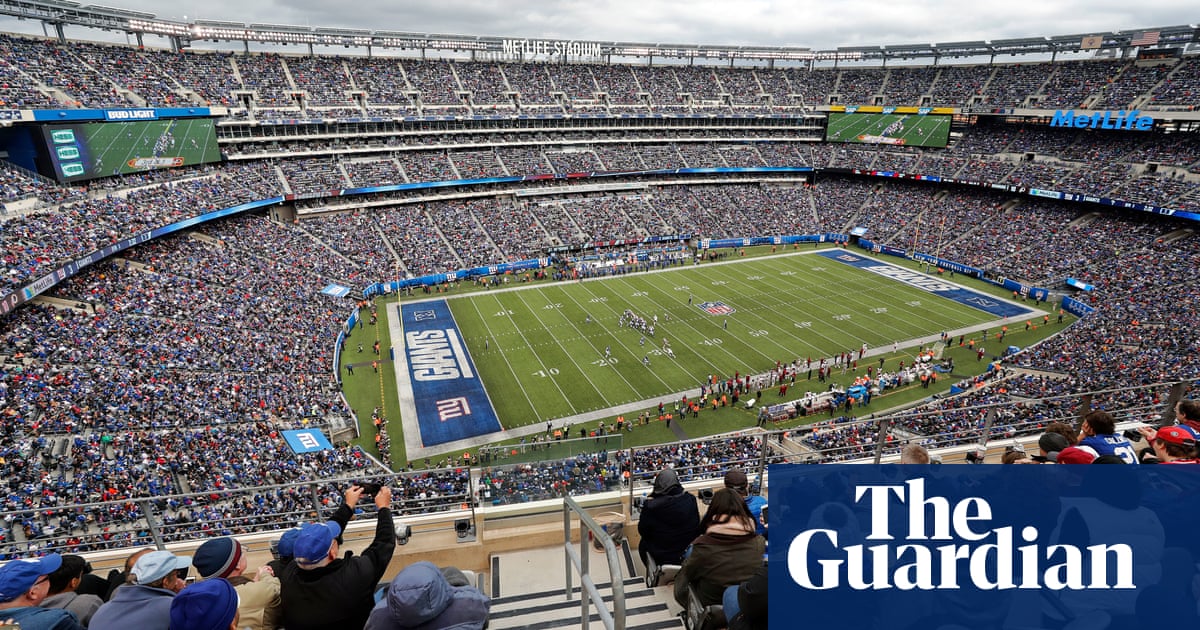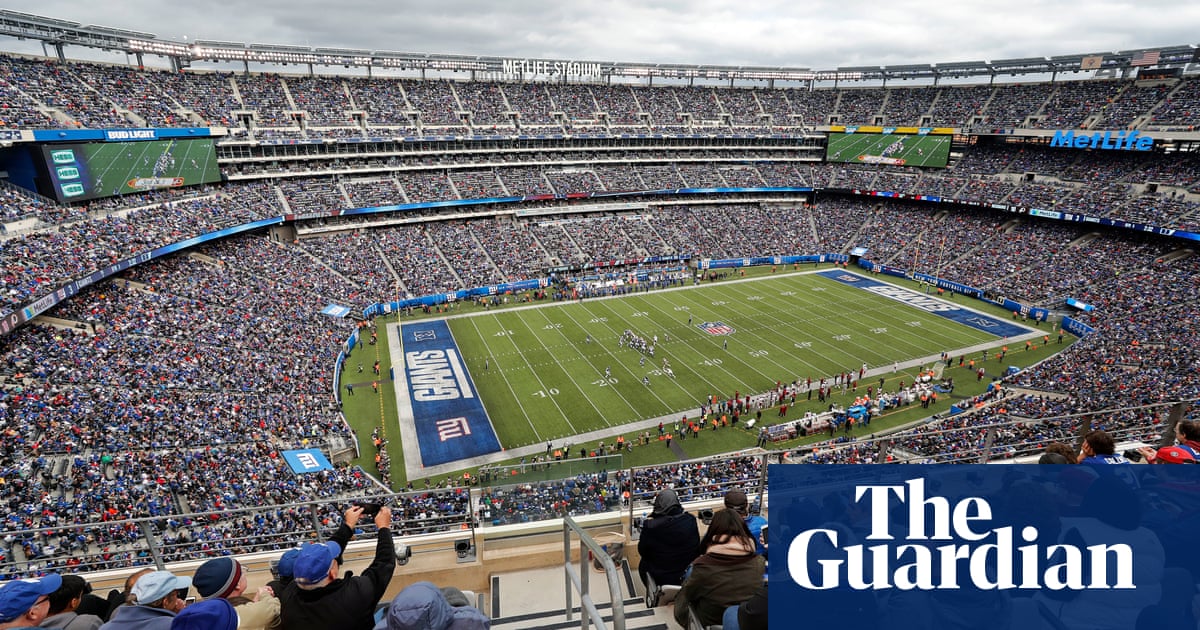
The crowd went crazy, a yelling, jumping, flag-waving, fist-pumping swirl of red-white-and-blue delight. And why not? Kansas City had just won the 2026 World Cup.
The host city selection process for the tournament in the US, Mexico and Canada unfurled much like a World Cup itself: a few no-hopers, some underdogs who went deeper than expected, a couple of surprising flops and predictable triumphs for the favorites.
Fans at the KC Live! watch party for Thursday’s announcement of the winners celebrated what had until recently seemed an improbable victory. When Fifa evaluated the Kansas City bid in 2018 it scored some of the lowest marks for accommodation and transport among the contenders.
But the airport’s being rebuilt, there’s a vibrant soccer culture, the Hunt family is among the most influential dynasties in US sports, and Missouri passed a bill exempting World Cup tickets from sales taxes - unlike Colorado.
In any case, it would have been remiss not to pick any midwestern cities, though the venue map still looks strange. There was a glaring omission even before the united North American bid defeated Morocco in 2018, since the then-mayor of Chicago – the sports-crazed third-largest city in the US and the base of the US Soccer Federation – took a peek at the potential financial liabilities and balked. As did Montreal, which quit the race last summer when the Quebec government declined to contribute a reported $75m.
Edmonton was spurned by Fifa, meaning that Canada only has two cities to Mexico’s three and the US’s 11. And KC beat DC. “You can’t imagine a World Cup coming to the US and the capital city not taking a major role as well,” Colin Smith, Fifa’s chief tournaments and events officer, told reporters on Thursday. But that is what’s happening.
Even joining forces with nearby Baltimore and its solid downtown stadium after Fifa inspectors panned dreary and distant FedEx Field could not sway the governing body, which preferred Boston - another place with a problematic venue, but an influential backer in the billionaire team owner Robert Kraft. A US senator did describe Fifa as a “mafia-style crime syndicate” in a 2015 congressional hearing in Washington, so perhaps world soccer’s power brokers won’t be overly distraught to skip the city.
This World Cup will bear scant resemblance to USA ’94, even if Diana Ross makes another appearance at the opening ceremony. (Don’t bet against it.) As that 24-team tournament dawned the USMNT had only featured in one World Cup since 1950 and MLS was unborn.
It’ll also be vastly different from Qatar 2022, as the World Cup skids from a compressed 32-team, 64-match winter contest in a country smaller than Connecticut to a bloated transcontinental 48-nation, 80-fixture summer extravaganza.
At USA ’94 there were nine host cities. The Boston, Bay Area, Los Angeles, New York and Dallas regions will repeat but none of the 1994 stadiums will be used in 2026. The antique Rose Bowl, where Brazil won their fourth title, was passed over in favor of plush new SoFi Stadium.
Fifa didn’t reveal where the showpiece matches will take place. New York is the front-runner for the final, but how much does it matter? Homogenisation is a goal of any efficient major international business, whether you’re Starbucks or a Swiss not-for profit organization that runs global football.
“The exoticism is diluted now. People talk about hosting the World Cup,” the journalist and author Jonathan Wilson wrote in 2014, “but really every World Cup now is held in Fifaland, a tax-free generic bubble in which the name of the venue is written on an advertising hoarding by the halfway line because otherwise there’s no way you’d be able to work out where you were.”
Fifa president Gianni Infantino was on hand in Manhattan for the live reveal, though given the tournament’s economic elitism perhaps Davos would have been a more suitable location.
The income growth is staggering. Fifa said that it made a near-$100m surplus at the 1994 tournament from revenue of $235m. When it pitched for 2026 the North American bid projected $14bn in revenue and a $11bn surplus for Fifa. The governing body is literally a law unto itself, insisting that governments agree to provide “exemptions from labour law and other legislation”, streamlined border and work permit processes and tax exemptions.
They sound like a set of outrageous impositions, an assertion of Fifa’s sovereignty over democratic governments. Then again: local and state authorities lavishing public funds and tax breaks on professional sports and citing pie-in-the-sky economic benefits. Multibillion-dollar businesses paying a lower tax rate than the average individual. What could be more American?
NFL stadiums with problematic fields such as the venues in LA and Dallas will need to be modified, and grass laid over artificial turf, but one clear advantage over recent World Cups that will make 2026 more profitable and less wasteful is that no stadiums need to be constructed or significantly rebuilt for the tournament, avoiding legacy scandals such as the $550m stadium in Brazil that became a bus parking lot.
And not everything about the planet’s greatest sporting event can be quantified and monetized. “This part of the world doesn’t realize what will happen here in 2026. These three countries will be upside-down and then flipped again,” Infantino told reporters. “The world will be invading Canada, Mexico and the United States. And they will be invaded by a big wave of joy and of happiness.”
The party started Thursday, in Kansas City, Vancouver, Atlanta, Monterrey, and a dozen more cities across the continent.










